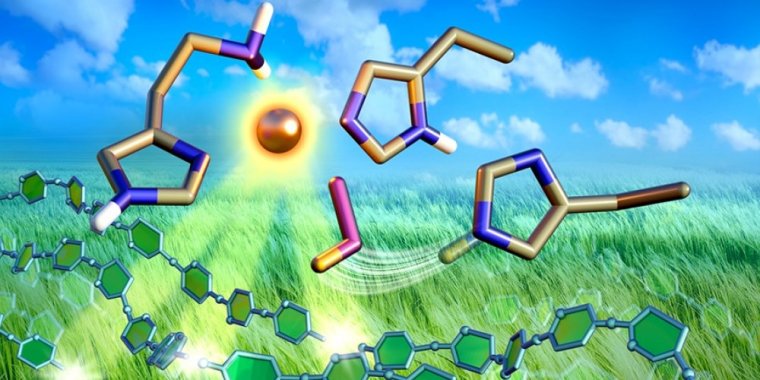| News / Science News |
The copper key to more efficient biomass breakdown
Nonfood, plant-based biofuels have potential as a green alternative to fossil fuels, but the enzymes required for production are too inefficient and costly to produce. However, new research is shining a light on enzymes from fungi that could make biofuels economically viable.

Neutron scattering experiments at the Spallation Neutron Source revealed how the dynamics between copper and oxygen make a special type of enzyme excel at breaking down biomass. Insights could lead to lowering the cost of biofuel production. Photo: Jill Hemman/ORNL, U.S. Dept. of Energy
Enzymes called lytic polysaccharide monooxygenases, or LPMOs, excel at breaking down organic matter, but exactly how they work has been unclear.
Typical enzymes are made of carbon, nitrogen, hydrogen and oxygen, but LPMOs also contain copper.
Researchers using neutron scattering at Oak Ridge National Laboratory have already shown how LPMOs bind oxygen to copper to break down biomass.
Going a step further, they’ve now discovered that the process is driven by an amino acid that donates protons to the oxygen molecule.
“This new information will allow us to redesign and test different versions of LPMOs with improved efficiency that will help make cellulosic ethanol more feasible,” said ORNL corresponding author Flora Meilleur. (Oak Ridge National Laboratory)
YOU MAY ALSO LIKE





